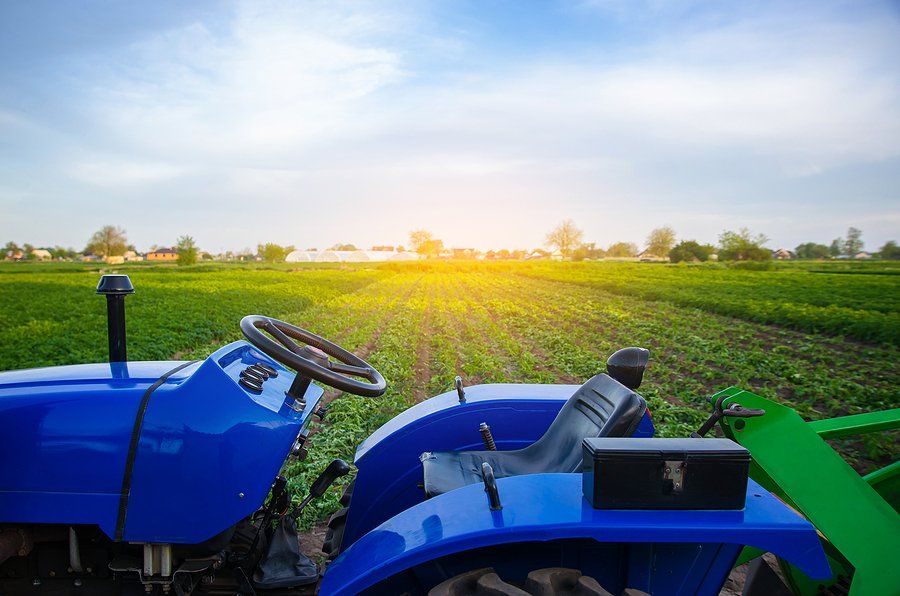News Articles
Two years ago, we explored the promising world of agricultural technology (agtech), highlighting innovations like driverless tractors, vegebots, and meat quality evaluation machines. At that time, we were just scratching the surface of what agtech could offer. Now, in 2024, the landscape has evolved even further, and it's worth reflecting on how far we've come.
The growth of agtech in Australia
Back in 2022, the NSW government predicted that agtech could become Australia’s next $100 billion industry by 2030. Fast forward two years, and we’re seeing significant strides towards this goal. The adoption of agtech has accelerated, driven by the rising global population, increased food demand, and the ongoing challenges of climate change. Australian farmers are not just keeping pace with these changes; they’re leading the way.
The digital agricultural revolution, once an emerging concept, is now well underway. On-farm connectivity, a crucial component we discussed in 2022 (Agtech, where it's at and how it can benefit you), has seen substantial improvements. The NBN’s partnership with the National Farmers’ Federation has successfully increased the adoption of digital tools, enabling farmers to harness remote monitoring, automation, and big data analytics more effectively.
New developments in agtech
When we first discussed agtech, John Deere’s driverless tractor was just making its debut in the US. Now, in 2024, these autonomous machines are becoming a more common sight on Australian farms. The technology has proven its worth, especially as farmers face continued labour shortages. Australian farmers, known for their early adoption of agtech, have embraced these tractors, using them to boost productivity and efficiency.
Robotics in agriculture has also advanced. Vegebots, once in development, are now operational in various parts of the world, including Australia. These machines, capable of selecting and harvesting crops autonomously, are helping farmers meet the demands of a growing population while reducing the reliance on manual labour.
In the supply chain, technologies like the MEQ Probe, which evaluates meat quality using spectral analysis, have become more sophisticated. The integration of machine learning with physics, chemistry, and biology has allowed for even more precise measurements, giving farmers and processors real-time data to improve their operations.

Agtech: now and beyond
It’s clear that agtech is not just a trend; it’s a transformation. The technologies we discussed in 2022 have matured and become integral to modern farming practices. The challenges of rising costs, climate change, and global food demand that we highlighted remain, but with the advancements in agtech, farmers are better equipped to meet these challenges head-on.
For those in the agricultural sector, the question now isn’t whether to adopt agtech, but how to do so most effectively. The five-point checklist we provided in 2022 remains relevant, but with the rapid pace of technological advancement, it’s more crucial than ever to stay informed and agile.
Agtech is continually evolving, offering new opportunities and solutions. As we continue towards 2030, the potential for growth in this sector is immense.
Agtech is continually evolving, offering new opportunities and solutions.
How Brentnalls SA can assist
At Brentnalls SA, we understand that investing in agtech is a significant decision. As accountants and advisors with deep experience in the agricultural sector, we can help you assess the need for agtech in your business. We work with you to evaluate the financial implications, ensure the technology aligns with your business goals, and provide guidance on maximising the return on your investment.
Whether you’re looking to improve efficiency, reduce costs, or expand into new markets, we can help you navigate the complex landscape of agtech. For more information on how the latest agtech innovations can benefit your agribusiness, and how we can support you in making informed decisions, contact the team at Brentnalls SA. We’re here to help you plan for a future that’s both sustainable and profitable.
Discuss Further?
If you would like to discuss, please get in touch.
Disclaimer
The information provided in this article does not constitute advice. The information is of a general nature only and does not take into account your individual financial situation. It should not be used, relied upon, or treated as a substitute for specific professional advice. We recommend that you contact Brentnalls SA before making any decision to discuss your particular requirements or circumstances.








